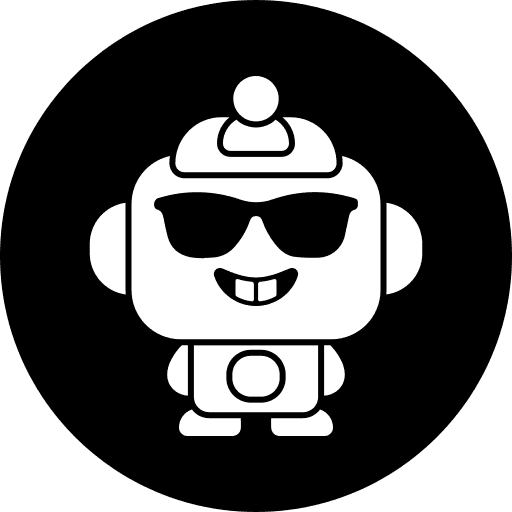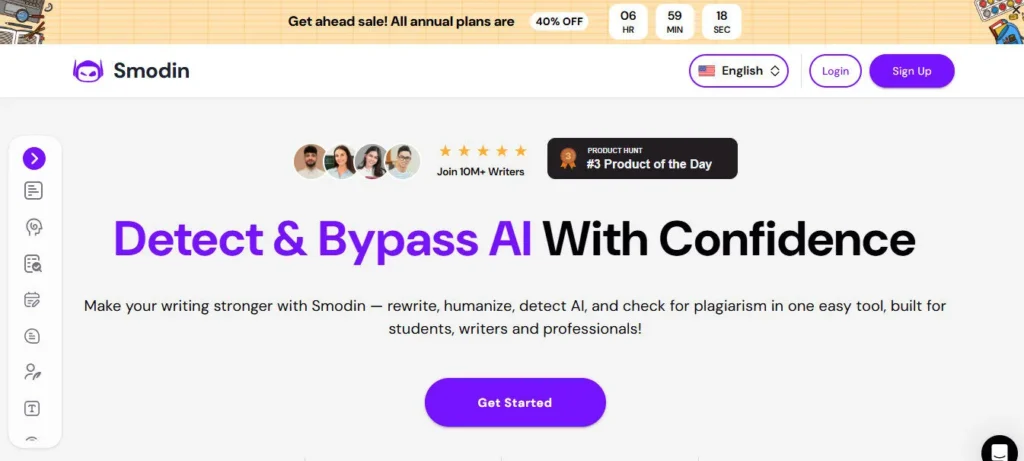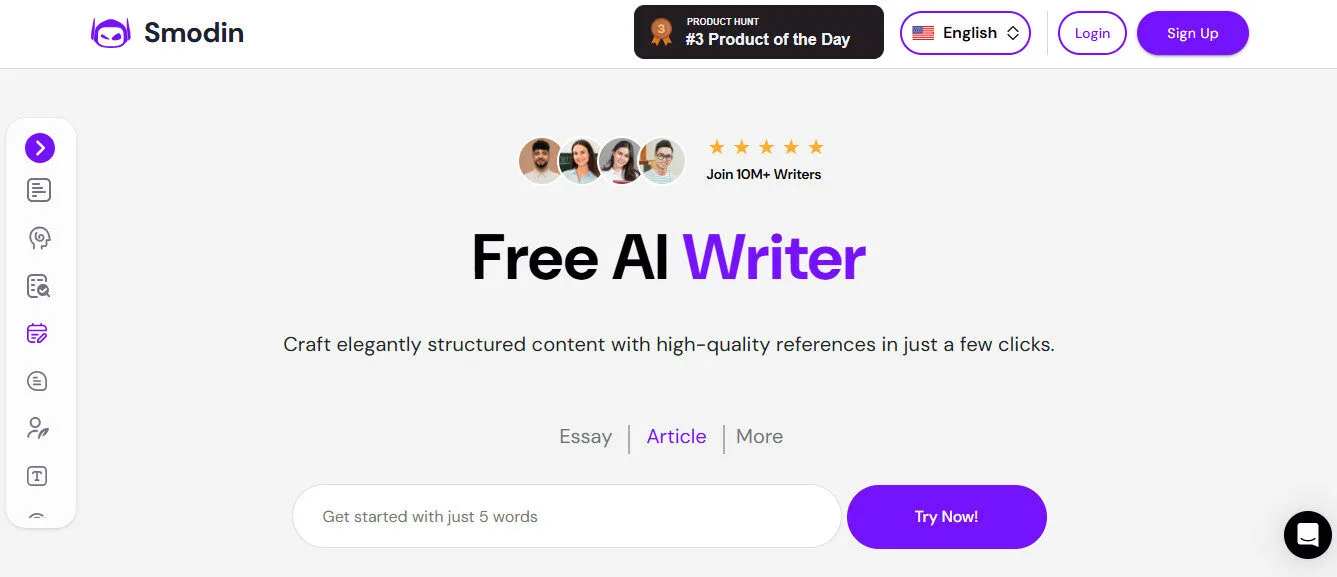Are you a student buried under a mountain of essays, a writer battling writer's block, or a professional striving to create original, high-quality content that truly stands out? In today's fast-paced digital world, the demand for compelling, accurate, and unique written material is relentless.
Table of Contents
ToggleYet, the process is often bogged down by time-consuming research, the pressure to avoid plagiarism, the challenge of maintaining readability, and the growing concern of AI content detection.
You know you need to produce more, but the manual effort required often feels overwhelming, leading to burnout and missed deadlines.
But Smodin AI flips that completely.
In this Smodin AI Review, we’ll break down how this tool isn’t just another AI writer—it’s a comprehensive, all-in-one content powerhouse built to help you generate, refine, and verify your written work with unparalleled efficiency and confidence.
We’ll dig into its signature features like its AI Writer, AI Detection Remover, Plagiarism Checker, Paraphraser, and Citation Generator—then weigh the pros, the cons, and the unexpected use cases you probably haven’t thought of.
You’ll also see how Smodin AI stacks up against competitors like TextCortex AI, Hix AI, and Winston AI.
By the end, you won’t just understand what Smodin AI does. You’ll know if it’s the missing link in your content creation and academic workflow.
Let’s dive in.
What is Smodin?
Smodin AI is an all-in-one AI writing assistant designed to simplify tasks involving content generation, language processing, and academic writing.
Its primary function is to empower students, writers, and professionals to produce high-quality, original content efficiently.
Smodin aims to streamline the entire writing process, from initial ideation and drafting to refinement, plagiarism checking, and ensuring content bypasses AI detection.
Smodin AI operates as a web-based platform, providing a comprehensive suite of AI-powered tools directly within the user's browser.
It leverages artificial intelligence to assist users across various stages of content creation and verification.
Its main categories of tools include text generation (for essays, articles, stories), content rewriting and paraphrasing, plagiarism detection, AI content detection and humanization, summarization, translation, and citation generation.

















